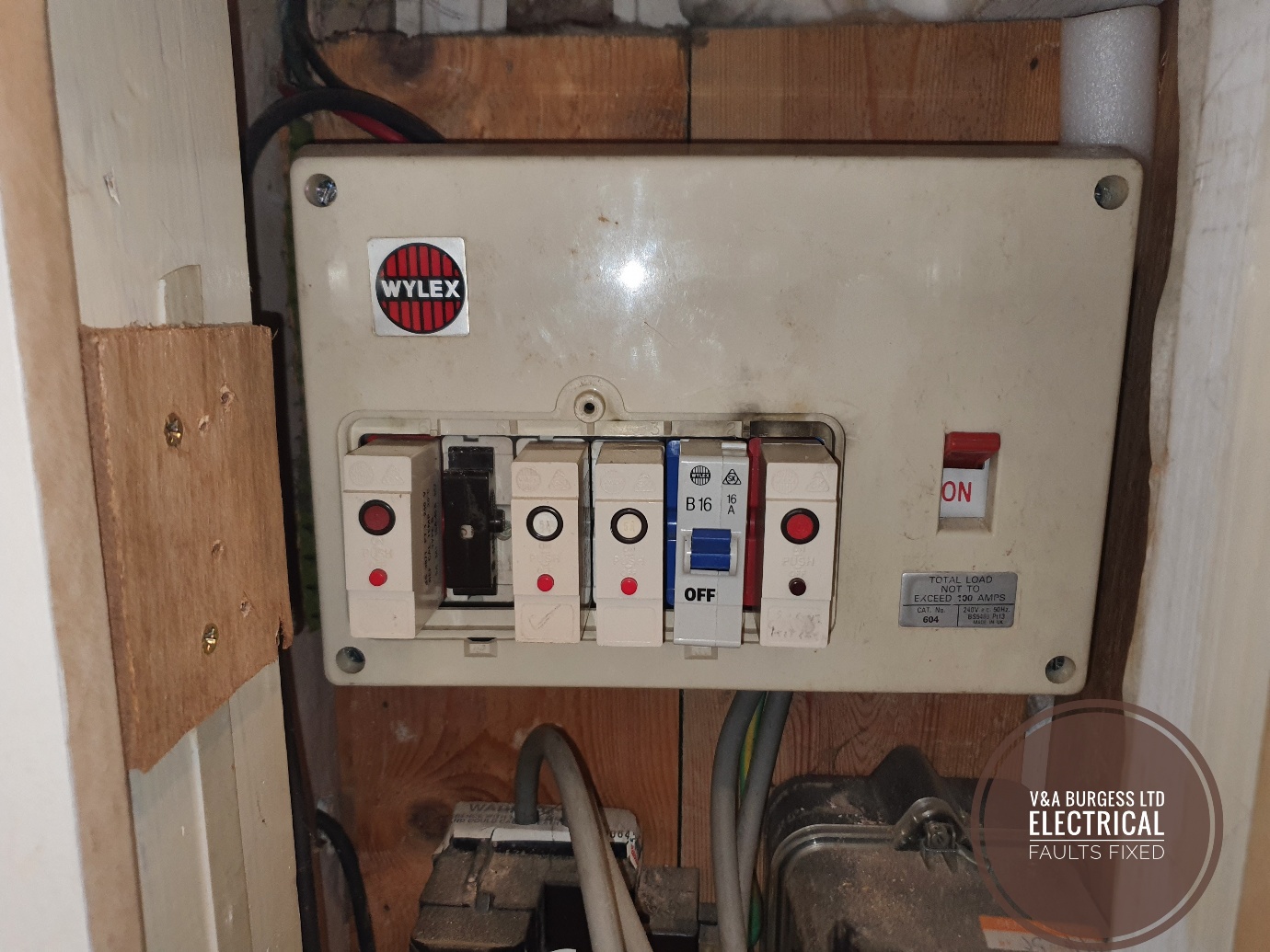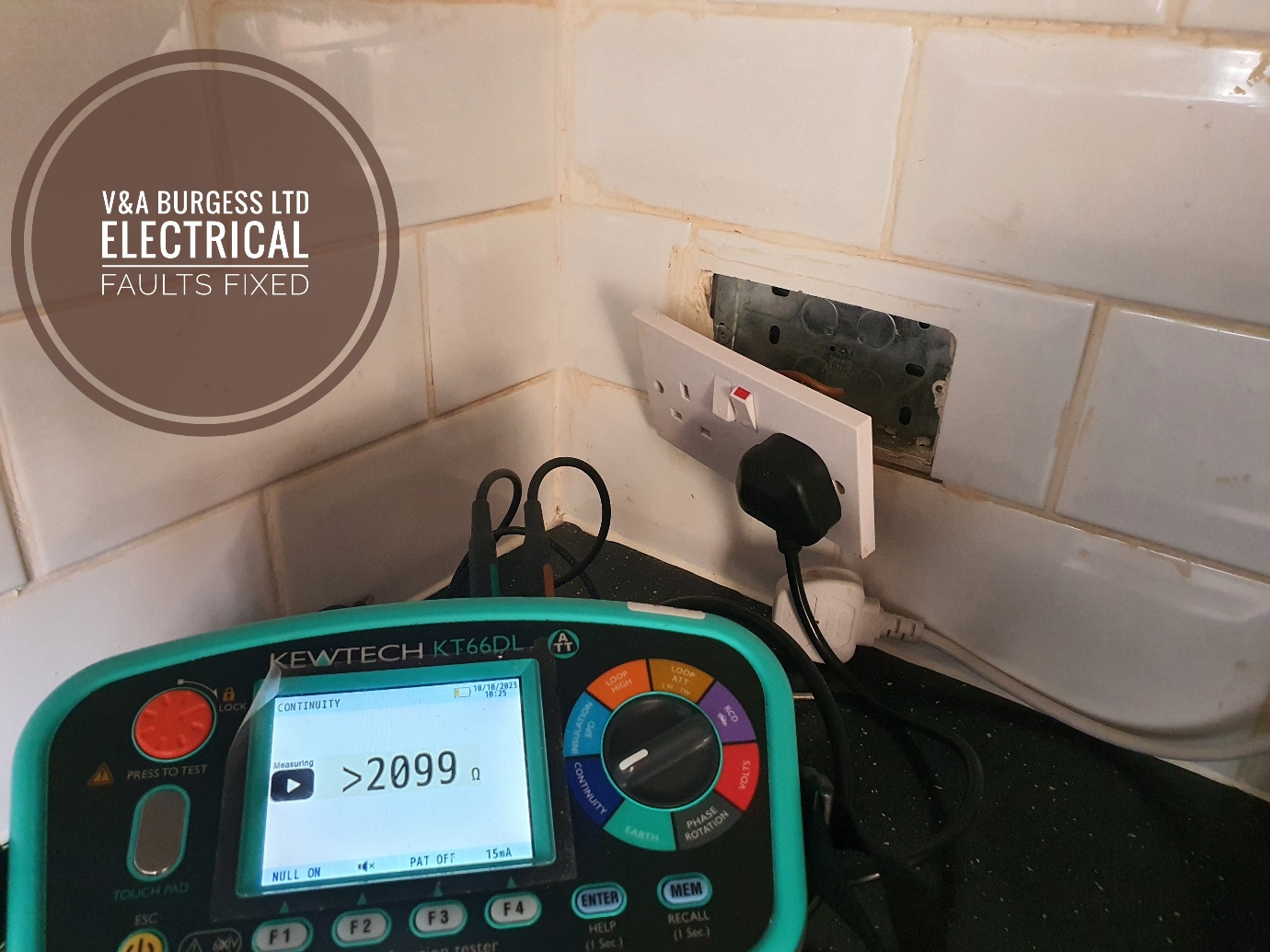Electrical wires are everywhere in our homes and great care should be taken whenever disturbances to the walls, floors or ceiling takes place. A nail through an electrical wire is INDEED very dangerous and should be repaired immediately by a qualified electrician.
Table of Contents
- How Repairs are Carried Out on Damaged Wires
- Methods of Repair
- Which Repair method is best?
- Electrical Wiring
- Electrical Codes
- Electric Shocks and Potential Dangers
- Will Circuit Breakers Help?
- Protection with Steel Plate
- Electrical Circuits and Maintenance
- What level of cable damage should be repaired?
- Summary
As a qualified electrician, fault finding specialist and electrical lecturer, I have many years of experience in dealing with the aftermath of damaged cabling in walls and floors. Let’s have a look at why cables are installed where they are, what can be done to avoid damage and how damage can be repaired when it has occurred.
Back to top1) How Repairs are Carried Out on Damaged Wires
When a wire or electrical cable has been damaged by a nail or screw, there are a number of possible solutions that are required in order to repair the wiring. Regardless of the type of repair, the plasterwork surrounding the affected cable should be removed to allow access. In the case of stud walls, this involves cutting an access hole. Where wiring is damaged in a solid wall, the plaster should be chipped off around the wiring and the repairs carried out.
Back to top2) Methods of Repair
There are a few methods of repair that can be undertaken to fix a NAIL THROUGH AND ELECTRICAL WIRE such as:
- Soldering, heat shrink and amalgamating electrical tape
- Crimping, heat shrink and amalgamating electrical tape.
- A maintenance free junction installed and buried
- Replacing the damage section of cable entirely between electrical accessories
3) Which Repair method is best?
Each country will have its own set of electrical codes (see below) stipulating acceptable repair methods. The best solution where a NAIL THROUGH AN ELECTRICAL WIRE has occurred is always to replace the cable where possible but this is not always practicable or economically viable. Each repair method has its own set of pros and cons:
- Soldering - Makes a useful connection with stranded cabling but can prove more difficult to achieve an acceptable long term connection with solid cores.
- Crimping - If the correct crimps and tools are used this can be a great connection method but with solid cores, the crimp isn't always the most reliable connection
- Maintenance free junction - Modern junction boxes are often able to be installed and require no maintenance once in place. They are rather bulky however and it’s too early to say if repairs using this method will stand the test of time.
NOTE: Simply taping wires together is NOT an acceptable method of joining cables and should not be relied upon.
Back to top4) Electrical Wiring
Throughout our homes electricians will run cables to power socket outlets, light switches and other electrical equipment and accessories. These cables are often installed just below the surface of our wall coverings making them susceptible to damage from drilling equipment and nails. There are various tools that may assist with identifying where cables, pipes and studs may be buried in a wall. Whilst these are a good idea prior to DIY work in your home, none are perfectly accurate. That is why we also adhere to certain electrical codes when wiring is carried out.
Back to top5) Electrical Codes
Whilst global electrical regulations mean different requirements, there are some standard practices that electricians follow along with the regulations in their country. The national electrical code which applies throughout the United States and BS7671 wiring regulations throughout the UK both stipulate in their regulations that wiring should be installed to minimize damage under throughout its life.
In the U.K we also adhere to the building regulations. Wiring under the building regulations falls under Part P which stipulates the safe wiring zones for cables installed in walls at a depth of less than 50mm and where cables are allowed to run. This reduces the risk of putting a NAIL THROUGH A CABLE and helps homeowners and tradespeople to avoid electrical wiring when carrying out DIY or improvement works to buildings.
Back to top6) Electric Shocks and Potential Dangers
Where damage occurs to the home's electrical system such as a nicked wire, physical damage to cabling and cable sheath damage there is an increased risk of electric shock, fires and electric system failure. An exposed wire is not only a risk to us from an electrical shock point of view but can introduce a risk of short circuit, arc faults and electrical fires.

(PHOTO: An outdated fuse box)
The level of danger introduced from such damage to wiring can be minimized by ensuring that your electrical system has not only been regularly inspected but has also been kept up to date with the latest safety protection. Ensuring that you employ professional electricians to regularly replace your electrical panel or consumer unit when new technology becomes available is not only best practice, but the best way to protect against a shorted circuit, arcing and any other electrical safety hazard.
Back to top7) Will Circuit Breakers Help?
In the UK, If you still have old fuses (BS1361), fuse wire carriers (BS3036) or standard circuit breakers (BS3871, BS60898) then you have not got the latest protection available to your home wiring system. Wire damage occurring when using these types of overcurrent protective devices will not always operate when electrical problems occur.
You should ensure that you have GFCI (Ground Fault Circuit Interrupter), AFCI (Arc Fault Circuit Interrupter) devices if you are in the United States and RCD (Residual Current Devices), AFDD (Arc Fault Detection Device) protection if you are in the UK or Europe.
Ensuring that you have the latest form of electric shock protection devices and arc protection devices means that your installation is up to date with modern standards and is as safe as can be. These devices will certainly help protect you and the wiring if a NAIL THROUGH AN ELECTRICAL WIRE occurs in your home. The latest electrical devices installed in your fuse box, consumer unit or electrical panel can mean the difference between a serious electrical fire hazard and a gentle click as a switch turns the electrical circuit off.
Back to top8) Protection with Steel Plate
Prevention is better than cure when it comes to nailing through wiring and ensuring that your cables are adequately protected against any accidental mechanical damage is the best idea. Where wring runs through floor cavities, electricians normally drill the wooden joists and then feed cabling through the holes. On occasion, this is not possible due to possible structural issues and old joist notches may have to be reused.
Where notches are re-used, mechanical protection in the form of metal plates should be added to prevent screws and nails from being driven through cabling when re-securing floorboards. Where wiring runs outside of safe zones in walls, adequately thick steel plating may be added over the top to prevent accidental damage.
Back to top9) Electrical Circuits and Maintenance
Each electrical circuit in a wiring system should be inspected and checked by a suitably qualified electrical contractor every few years. This is part of routine electrical system maintenance and will highlight and serious dangers that are present. Regular inspection and testing can reduce the cost of electrical repairs in the long run by identifying issues that may become major problems with time.

(PHOTO: Electrical Testing and Fault Finding)
Back to top10) What level of cable damage should be repaired?
Where the outer jacket of the cable has been damaged but not the inner insulation surrounding the copper wire, electrical tape is often suitable as a repair method. This ensures that the sheath or outer jacket of the cable is stuck back into place and this will usually suffice. Where inner insulation as well as the outer jacket have been damaged then it’s best to replace the section of cable or carry out a suitable repair method.
Each damaged cable will have to be assessed as a separate case according to your electrician, the risks involved and the likelihood of further damage.
Back to top11) Summary
YES, a nail through an electrical cable is dangerous BUT the level of danger can be reduced by ensuring that the latest technology is installed in your consumer unit or electrical panel. Regular electrical inspections by a professional electrician can ensure that your system is as safe as possible and will highlight when it is time to replace the consumer unit or electrical panel.
Back to topRead more articles
- Log in to post comments


